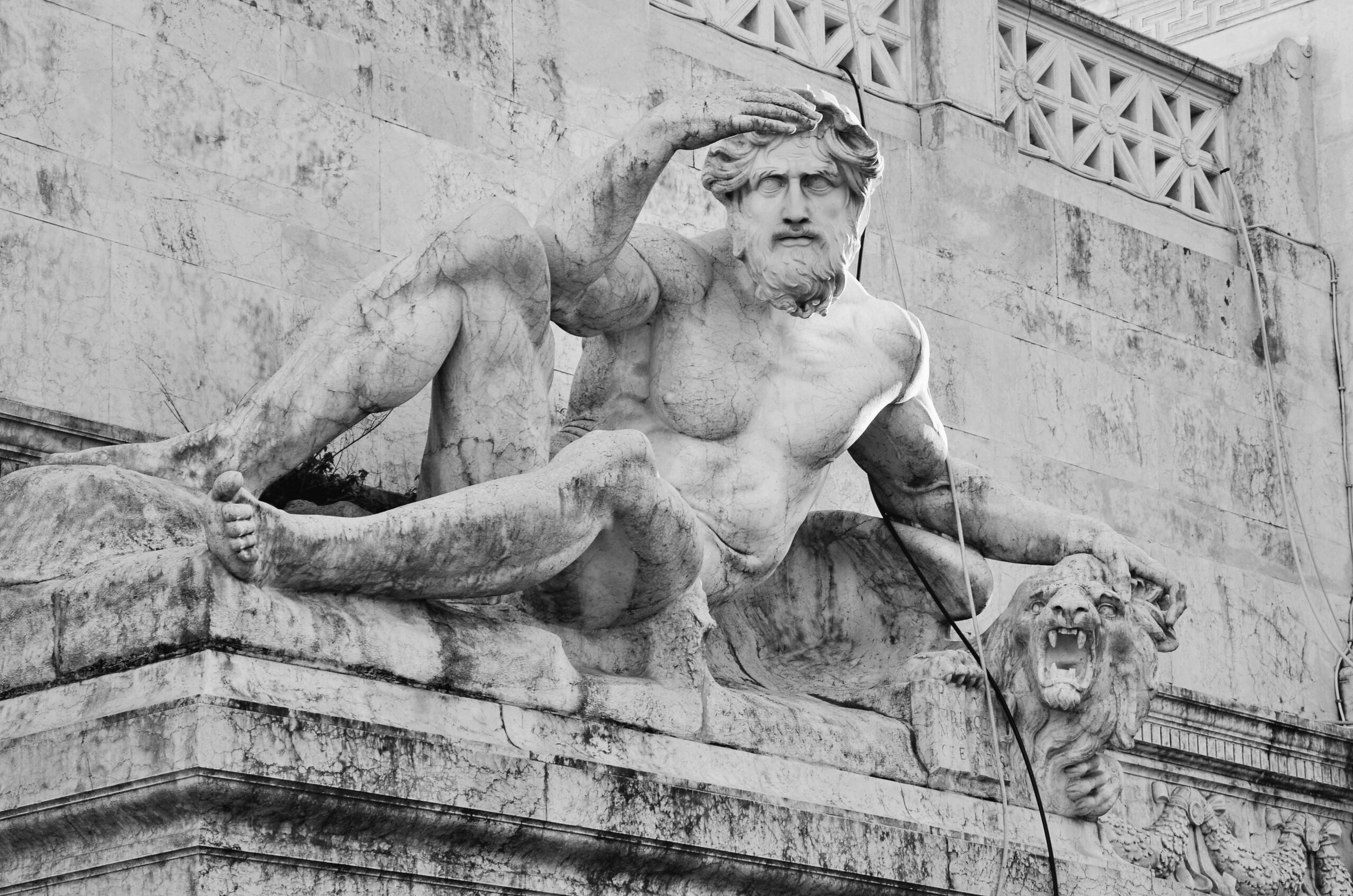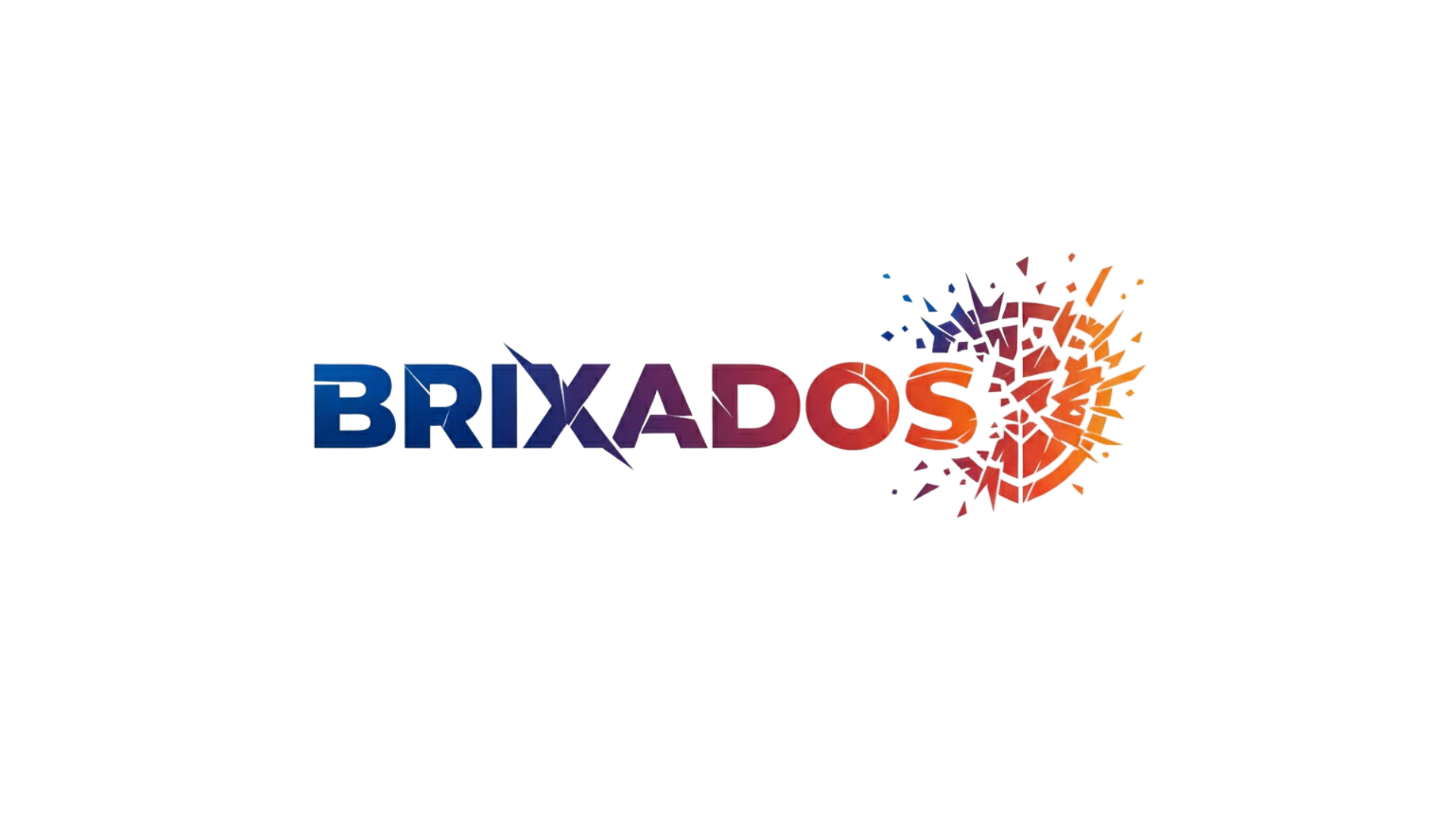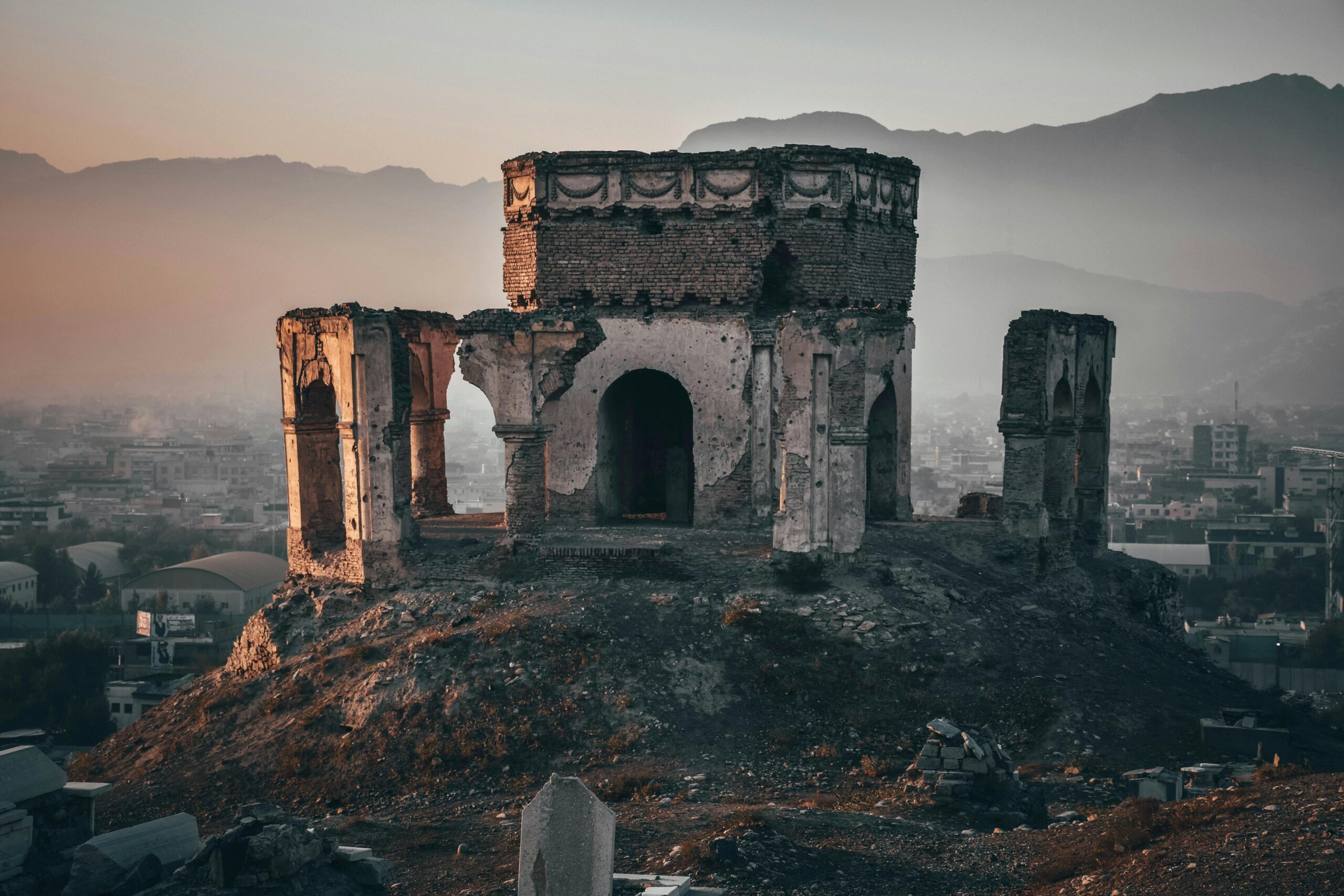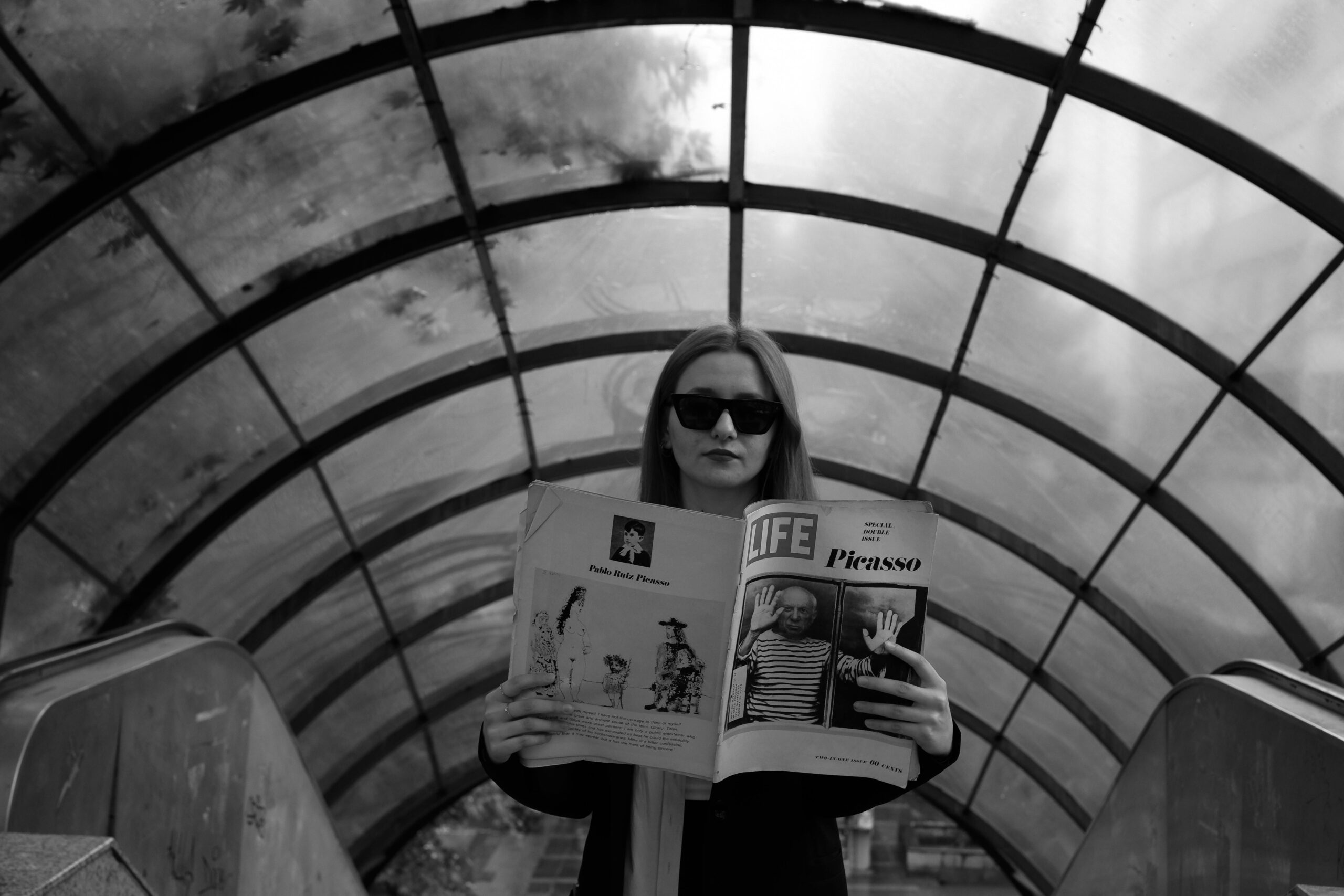Architecture has always been more than shelter—it’s a language carved in stone, wood, and steel, speaking through symbols that connect us to ancient wisdom and universal truths.
🏛️ The Sacred Geometry of Ancient Civilizations
Throughout human history, architects have embedded mythic symbols into their structures, creating buildings that transcend mere functionality. These symbols serve as bridges between the earthly and divine, the conscious and unconscious, weaving narratives that resonate across generations. From the pyramids of Egypt to Gothic cathedrals, mythic symbolism in architecture represents humanity’s eternal quest to understand our place in the cosmos.
The ancient Egyptians pioneered the integration of mythological symbols into architectural design. Their temples weren’t simply places of worship—they were cosmological maps rendered in stone. The pyramid shape itself symbolized the primordial mound from which creation emerged, while also serving as a stairway to the heavens. Hieroglyphic inscriptions adorning temple walls told stories of gods and pharaohs, transforming buildings into three-dimensional mythological texts.
Sacred geometry formed the mathematical foundation of these symbolic structures. The golden ratio, found throughout nature, appears repeatedly in ancient architecture. This divine proportion creates harmony and balance, suggesting that builders understood mathematical principles as expressions of cosmic order. The Parthenon in Athens demonstrates this perfectly, with its precise measurements creating an aesthetic that speaks to something deeper than visual appeal.
Celestial Alignments and Cosmic Connections
Many ancient structures align with celestial events, revealing how architects used buildings to connect earthly existence with heavenly movements. Stonehenge marks solstices with remarkable precision, while Angkor Wat in Cambodia mirrors the constellation Draco. These alignments weren’t accidental—they represented sophisticated astronomical knowledge merged with spiritual significance.
The Maya civilization created architectural masterpieces that functioned as astronomical observatories and mythological calendars simultaneously. El Castillo at Chichen Itza produces a serpent shadow during equinoxes, representing Kukulkan descending from heaven to earth. This phenomenon demonstrates how architecture can become a living myth, reenacted twice yearly through the interplay of structure and sunlight.
Medieval cathedral builders continued this tradition, orienting churches eastward toward Jerusalem and the rising sun. The cruciform floor plan symbolized Christ’s cross, while rose windows represented divine light filtering into the material world. Every architectural element carried symbolic weight, creating immersive environments where visitors experienced mythology through spatial design.
🐉 Mythological Creatures in Structural Design
Dragons, serpents, and other mythological creatures have adorned buildings across cultures for millennia. In Chinese architecture, dragons symbolize imperial power, wisdom, and good fortune. Dragon motifs appear on roof ridges, columns, and decorative panels, serving both protective and symbolic functions. These aren’t mere decorations—they’re architectural guardians embodying cultural values and spiritual beliefs.
Gargoyles in Gothic architecture served practical purposes as water spouts while simultaneously protecting buildings from evil spirits. These grotesque figures represented the chaos and darkness kept at bay by the church’s sacred space. Their placement at building edges marked boundaries between consecrated and profane realms, creating psychological as well as physical thresholds.
Hindu temples feature elaborate sculptural programs depicting gods, demons, and mythological narratives. The temple itself represents Mount Meru, the cosmic mountain at the universe’s center. Every carved figure contributes to this cosmological representation, transforming architecture into three-dimensional mythology that devotees can walk through and experience viscerally.
The Tree of Life: A Universal Architectural Motif
The Tree of Life appears across diverse architectural traditions as one of humanity’s most enduring symbols. In Islamic architecture, stylized tree motifs represent paradise and divine abundance. Persian gardens divided into four quadrants with central water features recreate the Quranic description of paradise, where rivers flow beneath trees laden with fruit.
Norse mythology’s Yggdrasil, the world tree connecting nine realms, influenced Scandinavian architectural symbolism. Wooden stave churches incorporated tree imagery, with vertical posts resembling a sacred grove. The roof’s ascending tiers suggested branches reaching skyward, connecting congregants with the cosmic tree’s mythology.
Modern architects continue reinterpreting this ancient symbol. Green building designs incorporate living trees and vegetation, creating literal interpretations while maintaining symbolic resonance. These contemporary approaches demonstrate how mythic symbols evolve while retaining core meanings that speak to fundamental human experiences.
🌟 Mandalas and Circular Sacred Spaces
Circular architectural forms appear in diverse traditions, from Buddhist stupas to Native American kivas. The mandala’s circular geometry represents wholeness, unity, and the cyclical nature of existence. Buddhist architecture employs mandala principles extensively, creating structures that function as three-dimensional meditation aids.
The stupa’s hemispherical dome symbolizes the cosmos, while the spire represents the axis mundi connecting earth and heaven. Circumambulation—walking clockwise around the structure—transforms architectural experience into spiritual practice. The building becomes a tool for consciousness transformation, not merely a container for religious activities.
Chartres Cathedral’s labyrinth exemplifies how circular forms create contemplative spaces within Christian tradition. Walking the labyrinth’s winding path represents the soul’s journey toward divine center, making architectural form inseparable from spiritual meaning. This integration of symbol and structure demonstrates architecture’s power to guide internal experiences through external design.
Mountains, Ziggurats, and Ascending Toward the Divine
Mountains hold sacred significance across mythologies as places where earth meets sky. Architectural forms mimicking mountains—ziggurats, pyramids, and tiered temples—allow humans to recreate sacred topography where none exists naturally. These structures make the mythological mountain accessible, democratizing mystical experiences previously limited to remote locations.
Mesopotamian ziggurats served as artificial mountains connecting cities with celestial realms. The Tower of Babel narrative reflects these structures’ symbolic ambitions—humans attempting to reach heaven through architectural achievement. Whether viewed as hubris or aspiration, the ziggurat form embodies humanity’s desire to transcend earthly limitations.
Borobudur in Indonesia creates a pilgrimage experience through its mandala-based design combined with mountain symbolism. Devotees ascend through levels representing stages of enlightenment, from the realm of desire through formlessness toward nirvana. Architecture becomes a pedagogical tool, teaching spiritual concepts through physical movement and spatial progression.
💧 Water Symbolism in Architectural Design
Water’s symbolic associations—purification, life, transformation—make it central to sacred architecture worldwide. Islamic gardens feature flowing water as both practical cooling and symbolic representation of paradise. The Alhambra’s intricate water features create multisensory experiences where architecture, nature, and mythology merge seamlessly.
Japanese Shinto shrines incorporate water basins for ritual purification before entering sacred precincts. This architectural element transforms a simple hygienic practice into a mythologically charged threshold crossing. The physical act of washing hands becomes a spiritual cleansing, demonstrating how architecture shapes behavioral rituals that reinforce mythological worldviews.
Christian baptistries employ water symbolism for initiation rites. Early octagonal baptistery designs referenced the eighth day of creation—resurrection and new life. Architectural form reinforced theological concepts, making abstract spiritual transformation concrete through ritual performance in symbolically charged space.
The Axis Mundi: Architecture’s Vertical Connection
The axis mundi concept—a cosmic axis connecting heaven, earth, and underworld—appears in architectural forms across cultures. Columns, towers, and spires represent this vertical connection, serving as channels for divine communication. The obelisk, originally an Egyptian solar symbol, became a ubiquitous architectural element representing the axis mundi in various contexts.
Church steeples and mosque minarets serve practical functions—calling faithful to worship—while simultaneously pointing heavenward as axis mundi representations. Their vertical emphasis contrasts with horizontal earthly existence, creating visual reminders of spiritual dimensions beyond material reality. Architecture shapes consciousness through such symbolic forms, influencing how occupants perceive reality.
Modern skyscrapers unconsciously continue this tradition, though often stripped of explicit mythological content. Yet their vertical ambition echoes ancient tower-building impulses. Some contemporary architects consciously engage with axis mundi symbolism, recognizing that humans continue needing architectural connections to transcendent dimensions regardless of cultural or religious frameworks.
🦅 Animal Symbolism and Totemic Architecture
Animals as mythological symbols appear extensively in architectural decoration and form. Eagles represent divine power and vision, appearing on government buildings worldwide. Lions symbolize strength and guardianship, flanking entrances as protective presences. These animal symbols communicate institutional values while connecting contemporary structures with ancient symbolic traditions.
Native American architecture incorporated totemic animal symbolism extensively. Totem poles served as architectural elements encoding clan histories and mythologies. The longhouse design reflected cosmological understanding, with roof representing sky, floor representing earth, and central fire as cosmic center. Architecture became inseparable from mythological worldview.
Contemporary architects occasionally revive animal symbolism, creating biomimetic designs that function symbolically while solving practical problems. Buildings shaped like animals or incorporating animal-inspired structural systems demonstrate continued relevance of these ancient symbols when reinterpreted through modern sensibilities and technologies.
Light as Divine Manifestation in Built Space
Light manipulation represents one of architecture’s most powerful symbolic tools. Gothic cathedrals used stained glass to transform natural light into divine radiance, creating otherworldly atmospheres that transported worshippers beyond mundane reality. Light became tangible evidence of God’s presence, carefully controlled through architectural design.
The Pantheon’s oculus creates a moving circle of light that traces time’s passage across interior surfaces. This architectural element combines practical illumination with profound symbolism—the heavens literally visible through the temple’s crown, connecting interior space with cosmic vastness. Such designs make mythology experiential rather than merely conceptual.
Louis Kahn’s modern architectural philosophy centered on light as essential material. His buildings manipulate light with near-mystical intention, creating spaces that feel spiritually charged despite secular programming. This demonstrates how mythic approaches to architecture remain viable even when divorced from specific religious traditions, speaking to universal human responses to space and light.
🌙 Thresholds, Doorways, and Liminal Architectural Spaces
Doorways in mythologically-informed architecture represent more than circulation—they’re transformative thresholds where consciousness shifts. Temple gateways employ symbolic elements that prepare visitors for sacred encounter. Japanese torii gates mark transitions from profane to sacred space, their distinctive form signaling psychological as well as physical passage.
Gothic cathedral portals featured elaborate sculptural programs depicting biblical narratives and moral lessons. Passing through these doorways meant encountering stories that framed the experience awaiting inside. Architecture structured consciousness before visitors fully entered the building, using thresholds as pedagogical and transformative tools.
Contemporary architects continue exploring threshold symbolism, creating entrance experiences that establish mood and meaning. Museum entries, for instance, often employ transitional spaces separating everyday reality from contemplative viewing environments. This ancient principle—using architecture to frame consciousness—remains relevant across building types and cultural contexts.
Symbolic Color in Architectural Expression
Color carries profound symbolic weight in mythologically-informed architecture. Gold represents divinity and incorruptibility, lavishly applied in Byzantine churches to create heavenly atmospheres. Blue symbolizes heaven and transcendence, appearing in Islamic tile work and Christian vaults. These color choices weren’t aesthetic preferences—they were symbolic languages communicating mythological concepts.
Chinese imperial architecture employed color symbolically, with yellow reserved for imperial buildings representing earth and central power. Red symbolized good fortune and joy, appearing extensively in celebratory contexts. Architectural color schemes communicated social hierarchies and cosmic relationships, making buildings readable as symbolic texts.
Modern architecture often neglects symbolic color use, favoring neutral palettes. However, contemporary projects reconnecting with color symbolism demonstrate renewed potential for this ancient architectural language. When used thoughtfully, symbolic color enriches spatial experience, adding meaning layers beyond form and function.
🔮 Contemporary Revivals of Mythic Architectural Symbolism
Contemporary architects increasingly recognize value in mythic symbolism, seeking alternatives to modernism’s symbolic austerity. Postmodern architecture initially reengaged historical symbols, sometimes superficially but occasionally with genuine depth. More recent approaches integrate mythological understanding with contemporary materials and technologies, creating buildings that speak to timeless human concerns while addressing current needs.
Ecological architecture employs ancient earth-honoring symbolism alongside cutting-edge sustainable technologies. Buildings designed as living organisms reconnect with animistic worldviews where natural and built environments exist in reciprocal relationship. This represents not nostalgic historicism but genuine evolution of mythological architectural traditions addressing contemporary crises.
Digital design tools enable symbolic geometric complexity previously impossible to construct. Parametric architecture can generate forms based on sacred geometry principles, creating structures that resonate with ancient symbolic languages while appearing utterly contemporary. Technology becomes a tool for reviving mythological architecture rather than abandoning it.

The Enduring Power of Symbolic Architecture
Mythic symbols in architecture persist because they address fundamental human needs that transcend cultural specifics. We require orientation within physical and metaphysical space. We seek connection with forces larger than individual existence. We need meaning embedded in daily environments. Architecture incorporating mythological symbols provides these necessities in ways purely functional design cannot.
Understanding architectural symbolism enriches how we experience built environments. Recognizing a building’s symbolic language reveals hidden dimensions, transforming seemingly simple structures into complex communicative systems. This literacy empowers deeper architectural appreciation and more thoughtful design criticism.
As humanity faces unprecedented challenges, mythologically-informed architecture offers wisdom. Ancient builders understood structures as mediators between human and cosmic realms, temporary and eternal, material and spiritual. Recovering this understanding might guide architecture toward addressing not just practical needs but existential ones—creating environments that nourish souls as well as bodies, connecting inhabitants with meaning and mystery that make life worth living. ✨
Toni Santos is a myth-psychology researcher and narrative writer exploring how archetypes, symbols and human story converge to shape mind, culture and meaning. Through his studies on the collective unconscious, comparative mythology and symbolic dream interpretation, Toni examines how the myths we tell reflect the patterns we live — and how awareness of these patterns can spark transformation. Passionate about hero’s journeys, mythic motifs and dream-language, Toni focuses on how story acts as both mirror and map for inner depth and growth. His work highlights the bridges between myth, psyche and culture — guiding readers toward a deeper encounter with themselves and the stories they carry. Blending psychology, mythology and narrative theory, Toni writes about the hidden architecture of meaning — helping readers understand how symbols, stories and dreams shape experience and identity. His work is a tribute to: The power of myth to reveal the unseen structures of psyche The journey from archetype to individual lived story The art of dream-language as a path to wholeness Whether you are a storyteller, psychologist or traveller in the inner landscape, Toni Santos invites you to explore the mythic dimension of mind — one symbol, one myth, one insight at a time.




